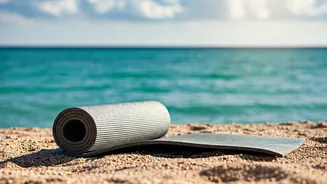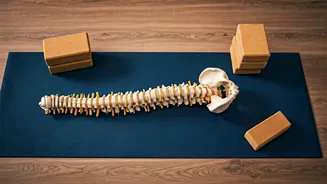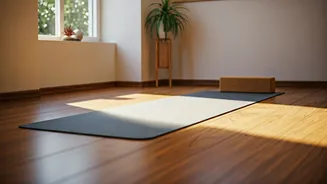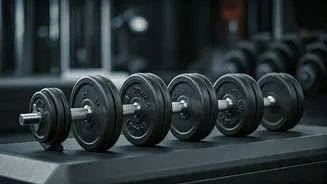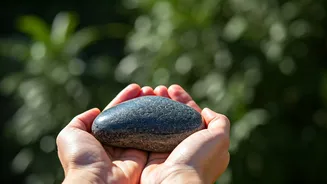Embrace Bhujangasana's Power
Bhujangasana, often called Cobra Pose, is a foundational yoga asana celebrated for its capacity to energize the body and uplift the spirits. When executed
correctly, this pose offers a gentle stretch to the spine, fostering flexibility and mobility. Furthermore, it stimulates the abdominal organs, promoting better digestion and overall metabolic function. The act of lifting the chest also facilitates deeper breathing, leading to increased oxygen intake and a sense of calm. The Cobra Pose is a perfect way to begin your yoga journey, bringing you closer to improved strength and flexibility. Regularly practicing the Bhujangasana can also help to alleviate stress, increase circulation, and fortify the back muscles, improving the posture.
Explore Matsyasana's Benefits
Matsyasana, or Fish Pose, is another amazing posture which gives the body a nice stretch and can do wonders. It's often practiced to counter the effects of forward bending poses and is an excellent chest opener, helping to deepen breathing. This asana specifically targets the neck and throat region, potentially alleviating stress and promoting relaxation. When performing Matsyasana, the gentle backward bend stimulates the thyroid and parathyroid glands, which is essential for healthy metabolism. This posture not only aids physical health but also offers a soothing effect on the nervous system. The benefits of Matsyasana contribute to a feeling of lightness and reduce any anxiety.
Discover Sarvangasana's Rewards
Sarvangasana, commonly known as the Shoulder Stand, is a powerful inversion within yoga practices, well-known for its wide-ranging advantages. As an inversion, Sarvangasana allows blood to flow towards the head, enriching the brain with oxygen and vital nutrients. This pose improves blood circulation, which helps improve the function of vital organs. In addition, Sarvangasana strengthens the neck and shoulders, and gently stretches the spine, promoting improved posture and flexibility. Many people incorporate Sarvangasana to combat fatigue, improve sleep quality, and enhance overall mental clarity. Consistently practicing the Shoulder Stand allows one to tap into both physical and mental strength.
Understand Adho Mukha Svanasana
Adho Mukha Svanasana, commonly recognized as Downward-Facing Dog, is a versatile posture that benefits many parts of the body. This pose not only strengthens the arms and legs but also stretches the hamstrings, calves, and spine. Downward-Facing Dog stimulates the circulatory system, promoting blood flow to the brain and enhancing cognitive function. This asana acts as a mild inversion, which can help relieve stress and improve mood. This is a very common pose that most people that enjoy yoga use in their daily routine. This pose also helps with improving energy levels, and provides an overall feeling of well-being.
Benefits of Vajrasana
Vajrasana, often referred to as the Thunderbolt Pose or Diamond Pose, is an easy seated asana which has numerous benefits, especially for digestion. This pose involves sitting on the heels with the spine erect, which improves circulation to the lower abdomen. Vajrasana encourages improved digestion by aiding the flow of digestive juices and reducing bloating. This asana is frequently practiced after meals, contributing to better nutrient absorption. Along with the physical advantages, Vajrasana can promote a sense of calmness and concentration. By consistently doing this asana, you can enhance your physical and mental balance.
Tadasana: The Foundation
Tadasana, or Mountain Pose, is a foundational standing posture that develops proper alignment and stability. While it appears simple, Tadasana establishes the fundamental principles of balance and body awareness. This pose cultivates the engagement of the core muscles, which promotes stability and posture. Standing in Tadasana helps the body stretch and strengthen by encouraging a straight spine and a relaxed body. The Mountain Pose also focuses on grounding and promotes a sense of centeredness and peace. Regular practice can help reduce physical pain, and promote mindfulness, serving as a basis for more complex yoga asanas.
